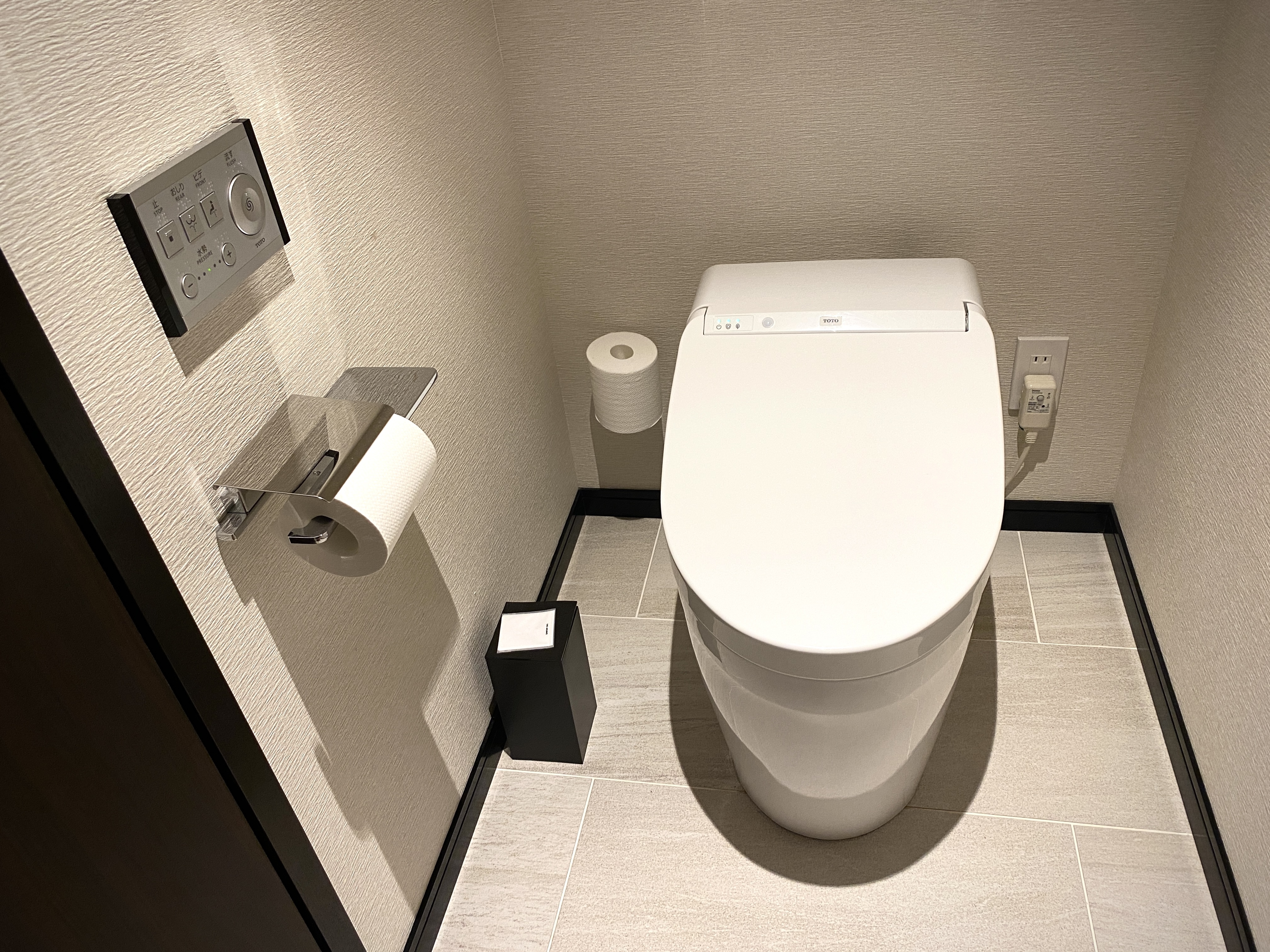This would be an excellent idea! It’s not for all cases but this could be adopted where it makes sense 👏
They hit a hard wall fast. They’re great in connecting suburbs over rough terrain at low cost, but their throughput is ass.
Build trains and trams. The cost is high, but they do what one more lane never could
They’re only useful in very specific scenarios, because they can have very few stops, aren’t very fast, and people don’t like them over their yards.
For GTHA where we don’t have a lot of mountains or islands and what we do have has established roads? Just. Build. A. Train.
Sure, it’s been done. It has worked well in Medellin and now several Latin American cities are starting to get them. There’s a proposal to do one in Burnaby, BC to go up Burnaby Mountain.
It seems like mountainous terrain is a requirement. Are you thinking about anything specific, or is this just a shower thought?
Mountainous terrain isn’t required, but it’s the situation in which cable cars make the most sense because “better” options that require relatively flat ground aren’t available.
Remember, the big selling point of a cable car is that it’s cheap, but it’s also lower-capacity than more usual kinds of transit. It’s more legit than some gimmicky ‘gadgetbahn’, but not by much.
If a normal LRT is possible then it is the gadgetbahn.
Yeah I shouldn’t say a requirement, but it’s certainly more likely to be considered in elevated terrain.
There’s a new CBC Radio article that OP may have forgotten to link to.
It does seem like there’s not much of a use case if you don’t have the requirement to cover a large change in elevation in a relatively short distance - mountains, or to get up and over a shipping lane, or something like that. The article argues for them to be inexpensive, which…I’m sure they are, but they seem to be relatively low-capacity, and pretty limited in terms of the number of stops you could include on a route. But I’m not an expert, and maybe I’d be surprised.
I did! Yeah that was the one 🤨
FYI when you post articles it is best practice to keep the same title
Noted! Damn newbs! 😝
Not just mountainous terrain. Mexico City has one that goes over some densely packed naighborhoods. The roads are not good for buses, so the cable cars go over the town and connect to the BRT
Also works well over bodies of water.
mountainous terrain is a requirement
Anything a train can’t do, yeah.
Yeah I read the same article and thought I included the link but silly me 😝 I assumed a mountainous terrain was a requirement but appears to be doable here in the GTA too. I was surprised to learn a project is already underway in the Oshawa region.
You can edit your post and add a link, and articles should be link style posts, not image style posts.
Ebike highways that charge your bike battery as you ride on them
Gadgetbahns are a waste of time. We already know what works, they are pretending we don’t to indefinitely postpone building trains that will decrease oil profits.
No.
😔
They have a line in Toulouse (France) and my wife found it very enjoyable and convenient while she was there.
Not quite the same thing, but we have a funicular in Kyiv on a particularly steep rise that was inaccessible for the normal trams.
I saw those in New Zealand, in the case of steep hills they are hard to beat.
They lack the capacity to be usefull unfortunately. A tram, bus lane, train/metro or bike lane would do the job better.
The way it is build in La Paz in Bolivia allows it to have quite a lot of capacity.
Yes each cabin only holds 10 people or so, but they come every 30 seconds or so if I remember correctly.
If we take that assumption that is 20 people a minute, or 1200 people an hour. About as much as if everyone just drove in their cars.

Ok, you made me look it up. The actual capacity is 3000-4000 passengers per hour in peak direction according to Wikipedia: https://en.wikipedia.org/wiki/Mi_Teleférico
That’s still less than a bike lane and a the low end of a bus lane. If the space is avaliable for a cable car. An elevated metro (or Brussels style pre-metro) would be a better solution in my opinion.
You clearly have not been in La Paz / El Alto.
Biking is totally impossible there, busses are extremely slow because of the congested roads and lack of space for dedicated lines, and building an elevated metro in impossible because of the high elevation differences throughout the city.
I was talking about public transit for Toronto
The conversation has prompted me to have a tour on Google maps. First I explored round universidad pública de el alto. It’s surrounded bu 2 lane boulevards and a motorway. Lots of the roads looked pretty empty once you were away from the main roads. Though the street view is now 10 years old in that area. There is plenty of space for protected bike lanes on these roads.
I also looked as places in La Paz itself and while it is steeper it looks comparable to Lisbon, which has lots of trams and metros. On places where it is really to steep for conventional trams. Bus lanes or more specialised options like cable hauled or rack and pinion are used, but are rarer.
I do have to say, what a beautiful city. Overall, some roads may be too steep for trams however many are suitable. A road being busy isn’t a reason to not build. One tram can cary over 100 people, by getting people from cars into trams it reduces traffic, even if one lane is used for a dedicated bus and tram lane (which can also be used by police, fire and ambulance). This leaves the remaining lane for people who need to drive, rather than those who drive because they have no choice.
Well, yes, El Alto itself has space, but one of the main reasons for the cable-car to exist is to connect El Alto with La Paz, and this would be absolutely impossible by conventional means.
Seen them in Mexico City on the hillsides of the outskirts
I would love to see a feasibility analysis for these in Vancouver, going from the end of the Broadway extension across pacific spirit park to UBC. I think that one main draw back of cable cars is limited surge capacity but I think that’s not too bad for a university campus.
We will get one to SFU from the SkyTrain first. If it goes well TransLink may do more.











